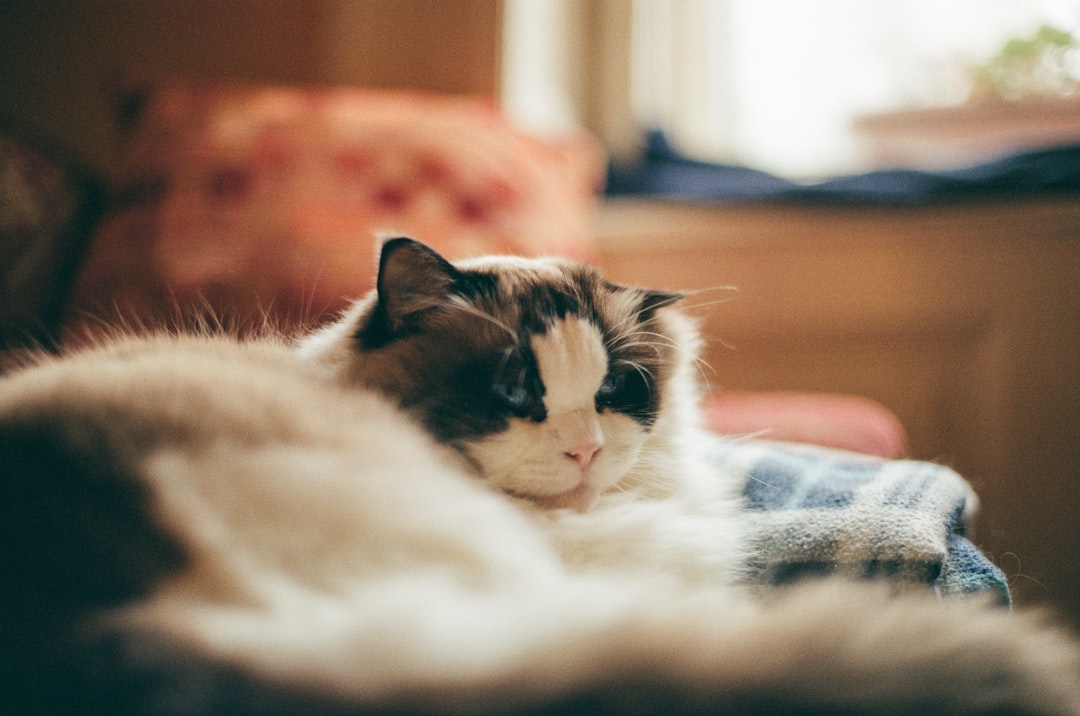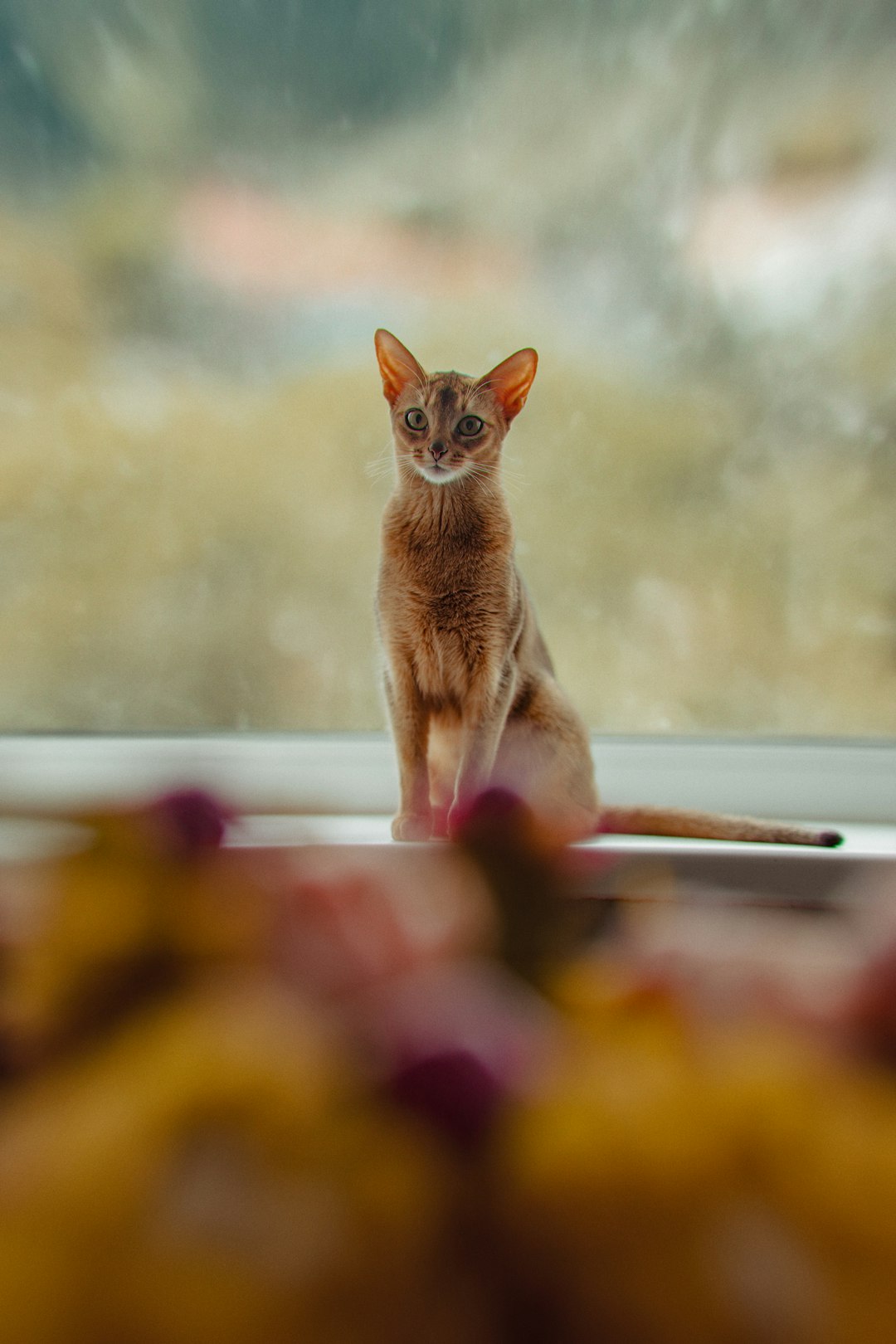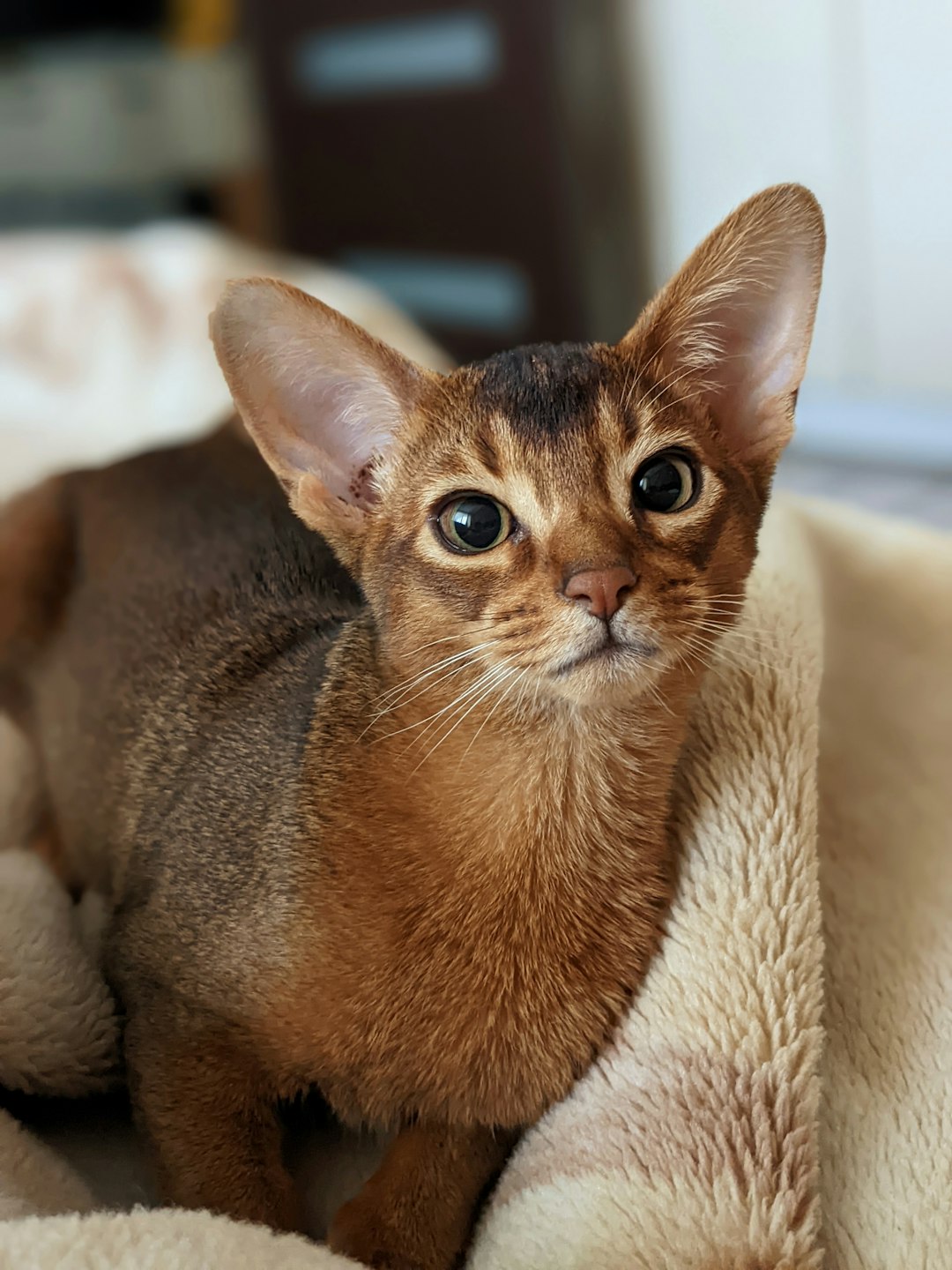The British Longhair is a captivating breed that enchants cat lovers with its luxurious coat and charming personality. Understanding the history and characteristics of this feline friend is essential for potential owners. This comprehensive breed guide delves into everything you need to know about the British Longhair, from its origins and physical traits to necessary grooming routines and care requirements. As you explore these aspects, you’ll discover the unique temperament, training tips, and health considerations to ensure a happy and fulfilling life for your new furry companion.
History and Origins of the British Longhair
The British Longhair is a captivating breed with a rich history. Its origins trace back to the British Isles, where it began as a natural breed. Here are some key points about its background:
Ancestors: The British Longhair descends from domestic cats introduced to Britain by Roman soldiers around 43 AD. These cats adapted to the local environment and eventually developed into the breed we know today.
Recognition: While the British Shorthair gained popularity in the 19th century, the British Longhair wasn’t officially recognized until the 1980s. Breeders sought to establish the long-coated version, leading to the breed’s unique characteristics.
Characteristics: The long, lush fur of the British Longhair is not just beautiful; it provided insulation against Britain’s cool climate. Their robust, muscular build reflects their historical role as working cats.
Modern Era: Today, the British Longhair is celebrated for its affectionate nature and striking appearance, making it a beloved companion in homes around the world.
Understanding the history of the British Longhair helps appreciate its journey from utility to companionship.
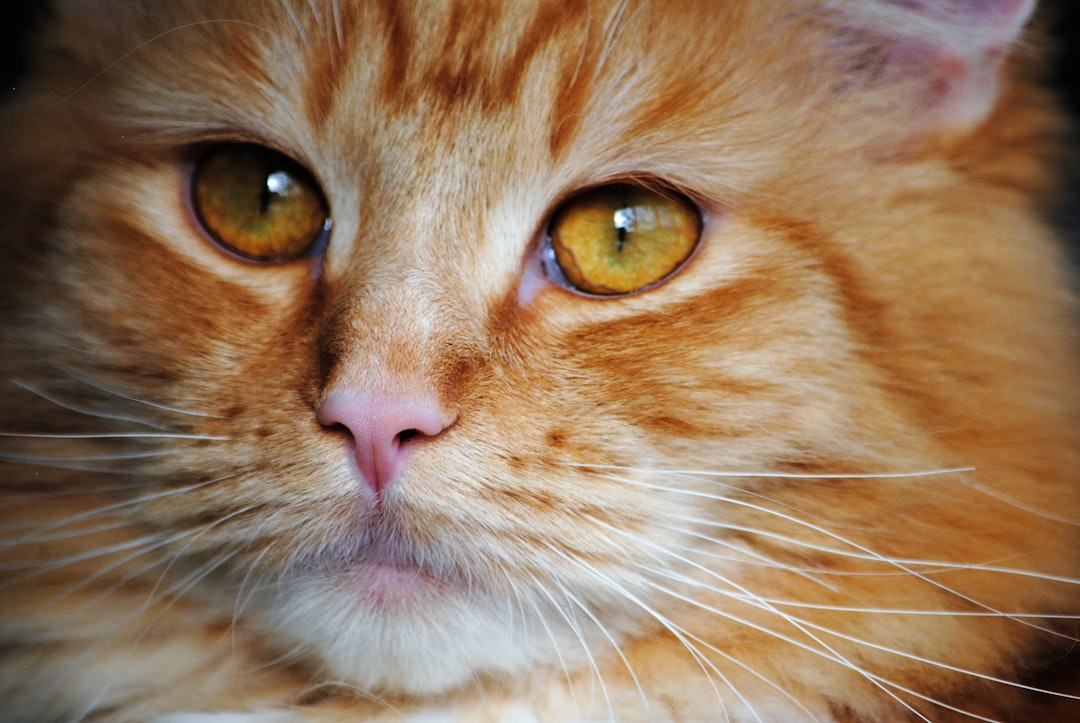
Physical Characteristics of the British Longhair
The British Longhair is a stunning breed known for its striking appearance and robust build. Here are some key physical characteristics that define this majestic feline:
- Coat: The hallmark of the British Longhair is its plush, long, and dense coat, which exhibits a soft texture. The abundant fur enhances their regal look.
- Color: This breed comes in a variety of colors and patterns, from classic tabbies to solid colors. Common hues include blue, cream, and black.
- Eyes: Large, round eyes are a prominent feature, often in hues of copper or gold, giving the British Longhair an expressive and captivating gaze.
- Body Structure: These cats possess a sturdy and muscular body with a broad chest, making them appear robust and solid. They have short legs and rounded paws that lend stability.
- Head: A round head with chubby cheeks and a well-defined nose characterizes the British Longhair, complementing their overall compact appearance.
Overall, the British Longhair’s unique physical traits contribute to its charm and appeal to many cat lovers, making it a preferred choice for families and individuals alike.
Temperament and Personality Traits
The British Longhair is not just a beautiful breed; it also boasts an engaging personality. Knowing their temperament can help potential owners gauge if this breed fits their lifestyle.
Key Traits:
- Affectionate: British Longhairs are known for their loving nature and enjoy spending time with their human companions.
- Calm and Laid-back: These cats typically have a gentle demeanor, making them great indoor pets.
- Social but Independent: While they appreciate companionship, they maintain a sense of independence, often entertaining themselves when their owners are busy.
- Playful: They retain a playful spirit well into adulthood, enjoying interactive toys and games.
Comparison Table of Temperament Traits:
| Trait | Description |
|---|---|
| Affectionate | Enjoys cuddling and social interaction |
| Calm | Adaptable to home environments |
| Independent | Can entertain themselves |
| Playful | Continues to engage in play throughout life |
In essence, the British Longhair combines charm, affection, and independence, making them a fantastic choice for many cat lovers.
Grooming and Care Requirements
Caring for a British Longhair requires dedication and attention to specific grooming needs. This breed has a luxurious coat that demands regular maintenance to keep it healthy and tangle-free. Here are key grooming and care requirements:
- Brushing: Aim to brush your British Longhair at least 2-3 times a week. This prevents matting and removes loose hairs.
- Bathing: Bathe your cat occasionally, using a gentle cat shampoo, to remove dirt and excess oils. Ensure thorough rinsing to avoid skin irritation.
- Nail Trimming: Every 3-4 weeks, trim your cat’s nails to prevent overgrowth and keep them comfortable.
- Dental Care: Establish a dental hygiene routine, ideally brushing their teeth several times a week to maintain oral health.
- Ear Cleaning: Check and clean your cat’s ears regularly to prevent wax buildup and infections.
By implementing these grooming tips, you maintain your British Longhair’s stunning appearance while promoting their overall health and wellbeing. Remember, a well-groomed cat is not only happy but also less prone to health issues.
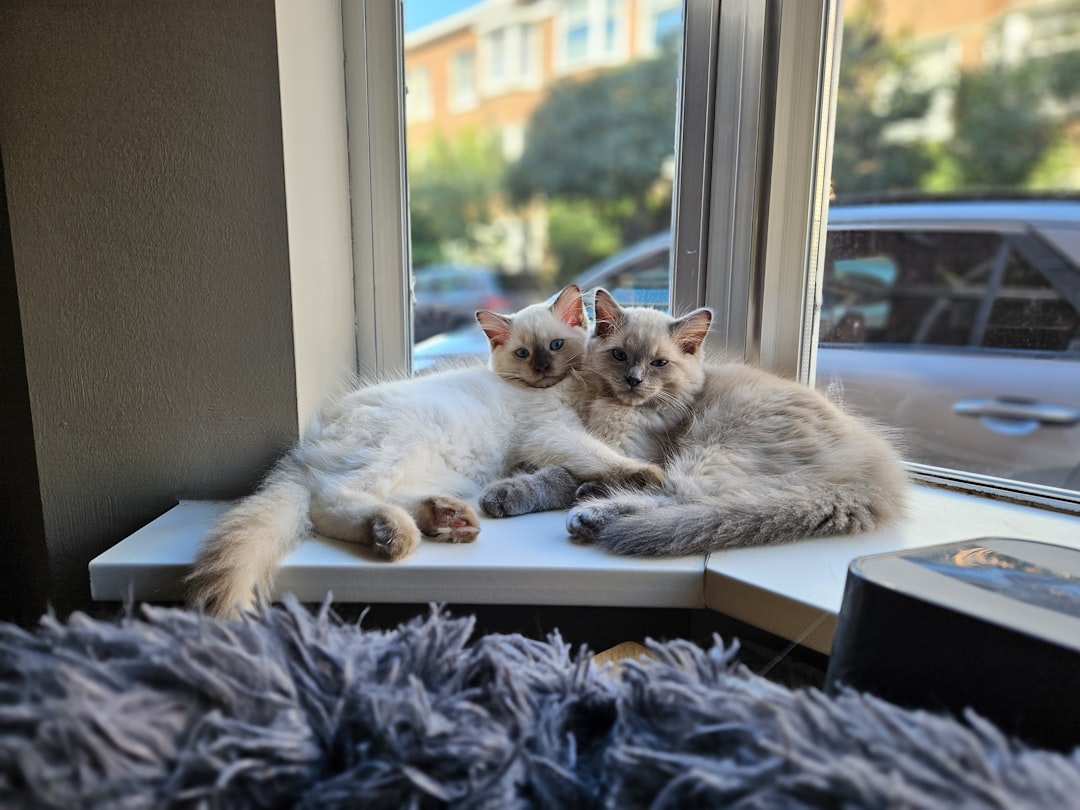
Health Issues and Lifespan
The British Longhair is known for its robust health, but like all breeds, it does have its share of potential health concerns. Understanding these can help you provide the best care for your feline companion.
Common Health Issues
Hypertrophic Cardiomyopathy (HCM): This genetic condition affects the heart, leading to potential heart failure. Regular veterinary check-ups can help monitor heart health.
Dental Problems: British Longhairs may be prone to dental issues such as periodontal disease. Routine dental care is essential.
Obesity: Due to their laid-back nature, British Longhairs can easily gain weight. A balanced diet and regular playtime help prevent obesity.
Lifespan
The lifespan of a British Longhair typically ranges from 12 to 15 years, but many can live longer with proper care. Key factors influencing their longevity include:
- Quality of food
- Regular veterinary care
- Clean, safe living environment
In summary, while the British Longhair is generally a healthy breed, being proactive can enhance their quality of life and longevity.
Training and Socialization Tips
Training your British Longhair can be both rewarding and enjoyable. These cats are intelligent and adaptable, making them relatively easy to train. Here are some effective tips to ensure a successful training experience:
Start Early: Introduce basic commands and socialization skills during their kitten stage. Early exposure fosters a well-rounded adult cat.
Use Positive Reinforcement: Reward good behavior with treats or praise. This encourages your British Longhair to repeat the desired actions.
Short Training Sessions: Keep training sessions brief, around 5-10 minutes, to maintain their interest. Frequent but short sessions yield better results.
Socialization is Key: Expose your cat to different environments, people, and pets. This helps them develop confidence and reduces anxiety.
Interactive Toys: Engage your British Longhair with interactive toys that stimulate their mind. This not only entertains them but also reinforces learning.
Be Patient: Some cats might take longer to learn than others. Patience is crucial for building a trusting bond.
Incorporating these training techniques will enhance your relationship with your British Longhair and ensure they grow into a well-behaved companion.
Choosing the Right Environment
Creating a suitable environment for your British Longhair is essential for their well-being and happiness. Consider the following key factors to ensure your home provides the ideal setting for your feline friend:
Space: Provide ample room for your British Longhair to explore. These cats enjoy leisurely strolls and play, so a larger living area would be beneficial.
Climbing Opportunities: Incorporate cat trees or shelves. This breed loves to climb and perch, which fulfills their natural instincts.
Safe Zones: Designate quiet areas where your British Longhair can retreat. These cats may seek solitude at times, making it important to have safe spaces.
Toys and Enrichment: Offer a variety of toys to stimulate their mind. Interactive play helps keep a British Longhair both physically active and mentally engaged.
Litter Box Accessibility: Place litter boxes in easily accessible spots. Make sure to clean them regularly to maintain hygiene.
By thoughtfully choosing the right environment, you set the stage for your British Longhair to thrive, grow, and enjoy a happy, fulfilling life.
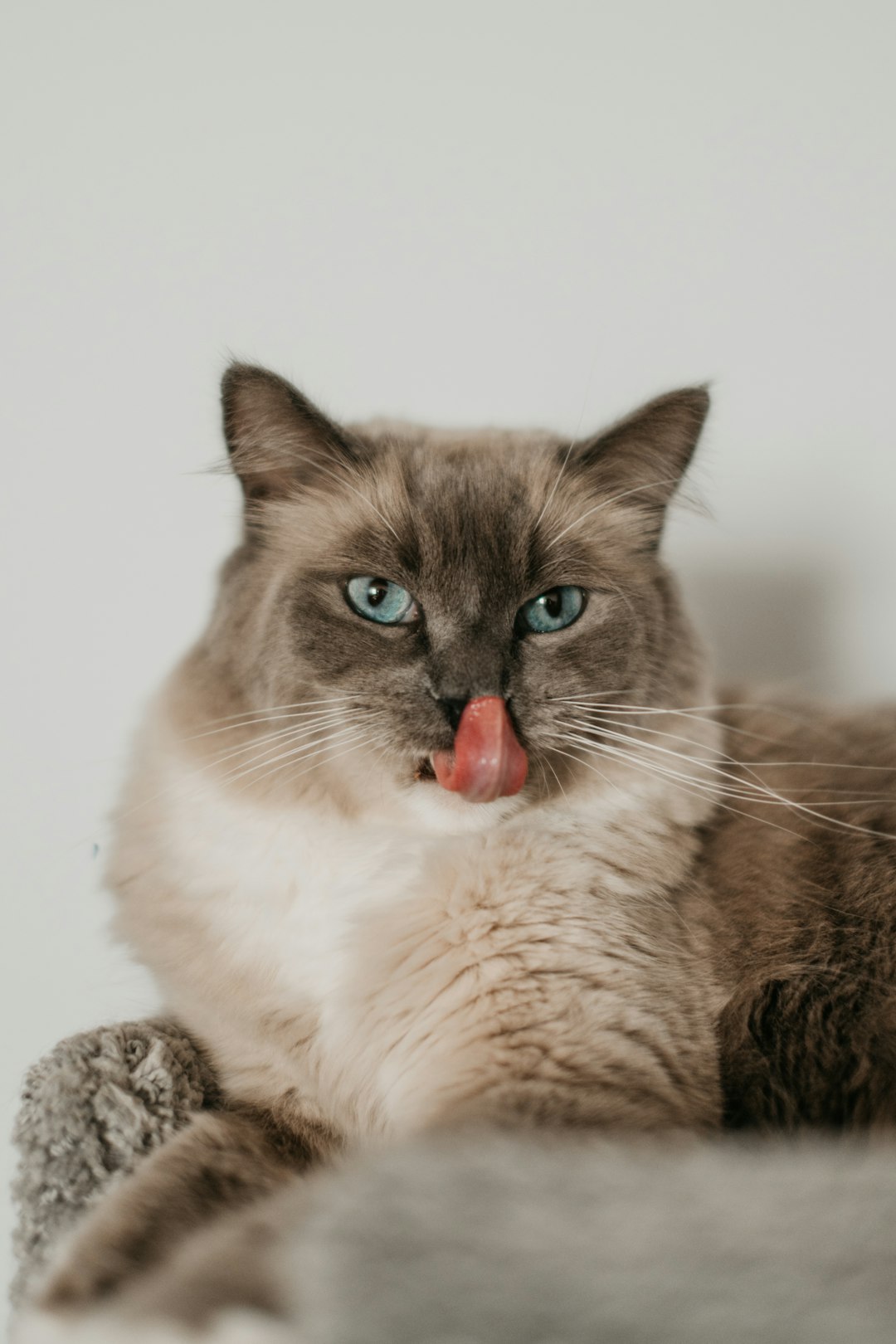
Finding a Reputable Breeder or Adoption Center
When seeking to welcome a British Longhair into your home, it’s essential to choose a reputable breeder or adoption center. Here are key considerations to ensure a responsible choice:
Research Breeders: Look for breeders who are members of recognized feline associations. Their adherence to specific standards reflects commitment to the breed.
Ask Questions: Inquire about their breeding practices, health screenings, and socialization efforts. A good breeder will provide detailed answers.
Health Guarantees: Reputable breeders should offer health guarantees and documentation regarding vaccinations and genetic testing for hereditary conditions common in British Longhairs.
Visit In-Person: Always visit the breeding facility. Ensure that the environment is clean and the cats are well-cared for and thriving.
Consider Adoption: Many shelters and rescue organizations have British Longhairs in need of homes. This option not only gives a cat a new chance at life but can also be a more affordable choice.
| Criteria | Reputable Breeder | Adoption Center |
|---|---|---|
| Health Testing | Yes | Varies |
| Initial Cost | Higher | Generally lower |
| Support | Ongoing guidance | Community support |
By following these guidelines, you can ensure that your new furry friend is healthy and well-adjusted.
Frequently Asked Questions
What is the temperament of the British Longhair cat?
The British Longhair is known for its calm and affectionate temperament. These cats are typically friendly and social, making them great companions for families and individuals alike. They enjoy being around people and can form strong bonds with their owners, often following them around the house. This breed is also known for its playful nature, though they tend to be more laid-back compared to some of their more energetic feline counterparts. Overall, British Longhairs strike a wonderful balance between playful and serene.
How do I care for a British Longhair’s coat?
Caring for a British Longhair’s coat requires regular grooming due to its dense and plush nature. To prevent matting and to keep their fur healthy, it is advisable to brush them at least twice a week. Use a wide-toothed comb or a slicker brush to effectively remove loose hair and debris. Additionally, regular grooming sessions provide an excellent opportunity to check for skin issues and to bond with your cat. During shedding seasons, increase the grooming frequency to help control shedding.
What health issues are common in British Longhair cats?
British Longhair cats are generally considered to be a healthy breed; however, they can be predisposed to certain health issues. Common concerns include obesity, which can arise due to their calm nature and lower activity levels, as well as heart diseases, such as hypertrophic cardiomyopathy (HCM). Routine veterinary check-ups and maintaining a balanced diet are essential for early detection and prevention of these health issues. Responsible breeding practices can also play a significant role in minimizing potential genetic problems.
What is the ideal diet for a British Longhair cat?
The ideal diet for a British Longhair cat should be high in protein and tailored to their specific age, weight, and activity level. A premium quality commercial cat food, either dry kibble or wet food, should be the primary source of nutrition. It’s important to select a diet that meets the nutritional standards set by recognized organizations, such as the Association of American Feed Control Officials (AAFCO). Additionally, since British Longhairs may be prone to obesity, portion control and regular feeding schedules are critical to keep them in optimal shape.

